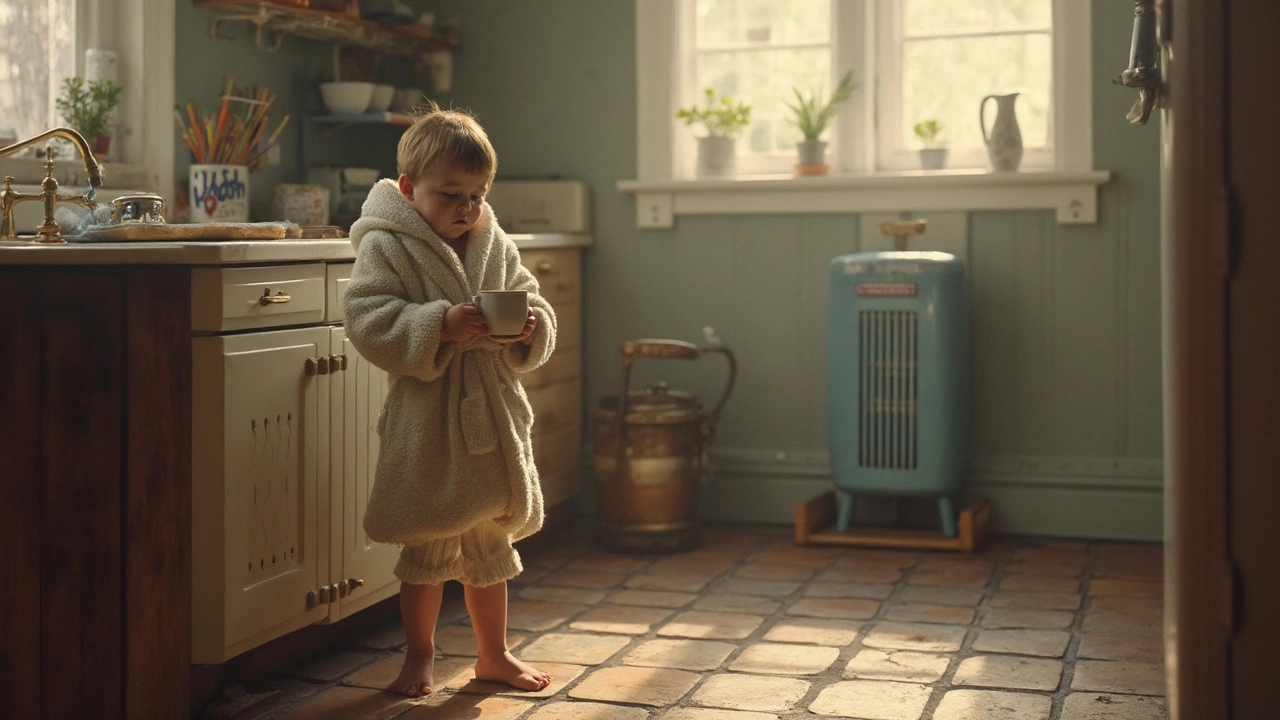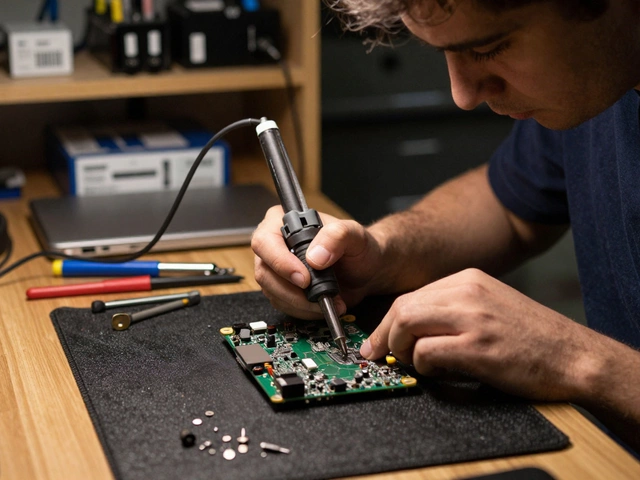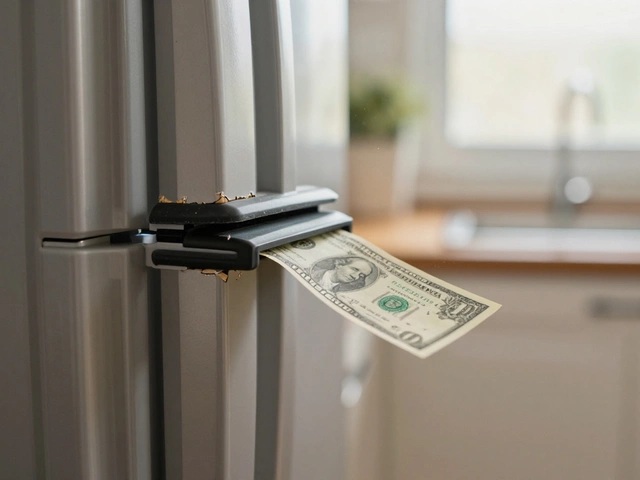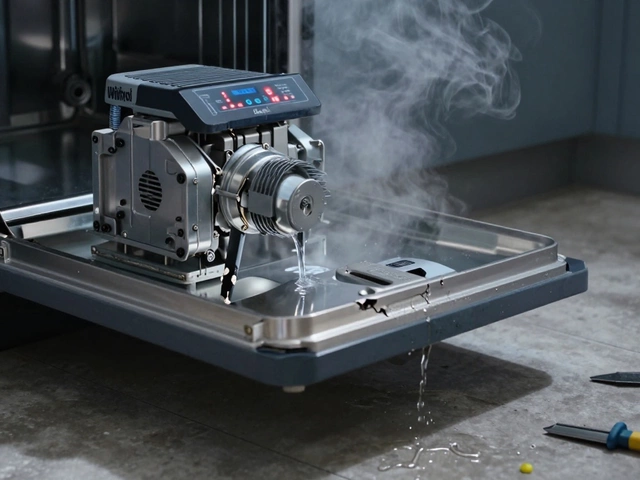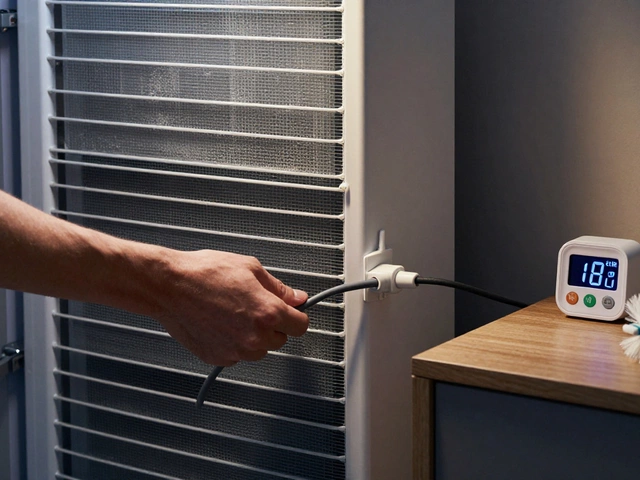Leaking Water Heater? How to Stop the Drip Fast
If you’ve noticed water pooling around your heater, you’re probably wondering why it’s happening and how to fix it before things get messy. A leak isn’t always a sign of a brand‑new disaster; many common issues can be solved with a few tools and a bit of know‑how. Below we break down the usual suspects, quick DIY steps, and the red flags that mean you should call in a qualified plumber.
What Causes a Water Heater to Leak?
First, pinpoint where the water is coming from. The most frequent leak points are:
- Temperature and pressure relief (T&P) valve: This safety valve opens if pressure gets too high. A stuck or corroded valve will drip constantly.
- Drain valve: Often located at the bottom. If the gasket is worn or the valve is loose, water will seep out.
- Cold‑water inlet or hot‑water outlet connections: Loose fittings or cracked pipes leak under pressure.
- Tank corrosion: Older units can develop rust holes, especially near the bottom.
- Expansion tank: If the tank’s bladder fails, water can back up into the heater and leak out.
Knowing the source helps you decide whether a simple tighten‑up will do or if a part needs replacement.
DIY Steps to Stop the Leak
Before you grab a wrench, turn off the power or gas and shut the cold‑water supply to avoid any surprises. Here’s a quick checklist:
- Turn off the water supply. Locate the shut‑off valve near the top of the unit and twist it clockwise.
- Drain the tank. Attach a garden hose to the drain valve, open it, and let the water flow into a bucket or floor drain. This relieves pressure and stops further leaking while you work.
- Inspect the T&P valve. If it’s dripping, try gently tapping it to see if it reseats. If the leak persists, replace the valve – they’re cheap and easy to swap.
- Check pipe connections. Use an adjustable wrench to tighten any loose nuts. If a fitting looks cracked, replace the pipe or fitting.
- Examine the tank. Look for rust spots or pinholes. Small surface rust can be sealed with a tank‑repair epoxy, but deep corrosion means it’s time for a new heater.
- Restore water and power. Close the drain valve, turn the water back on, watch for leaks, then restore electricity or gas.
Most minor leaks are solved in under an hour. Keep a towel handy – even a tiny drip can create a slippery floor.
When you should call a professional: the leak comes from the tank itself, the T&P valve replacement doesn’t stop the drip, you’re uncomfortable handling gas connections, or the heater is older than 10‑12 years. A pro can test the pressure, replace the expansion tank, and ensure everything meets safety codes.
Regular maintenance can prevent most leaks. Flush the tank once a year to remove sediment, check the T&P valve annually, and inspect the anode rod for corrosion. A little upkeep now saves you from a soggy mess later.
Got a leaking water heater and stuck on a step? Grab a friend, follow the checklist, and you’ll either fix it yourself or know exactly what a plumber needs to handle. Hot water should be a comfort, not a flood.
Signs Your Hot Water Heater Is Failing: Here's What to Watch For
- Alden Wilder
- Feb 27 2025
- 0 Comments
Having trouble with your hot water heater might not be something you think about daily until a chilly morning shower jolts you awake. This article explores the tell-tale signs that your water heater is on its last leg, from weird noises to rusty water. Learn how to spot these red flags early on to save yourself from unexpected cold showers. Don't wait for small issues to become major inconveniences.
View More